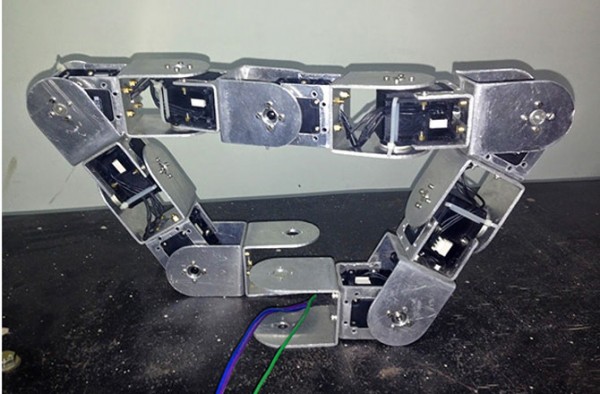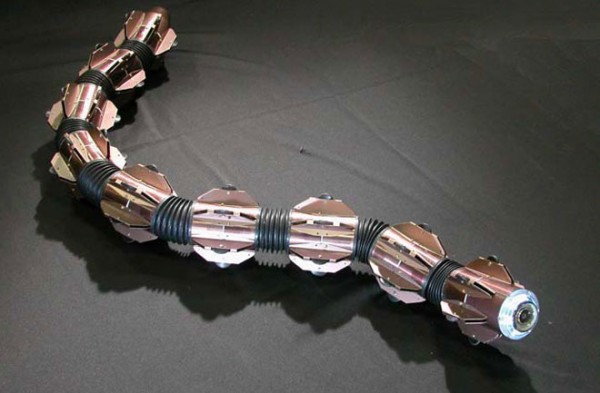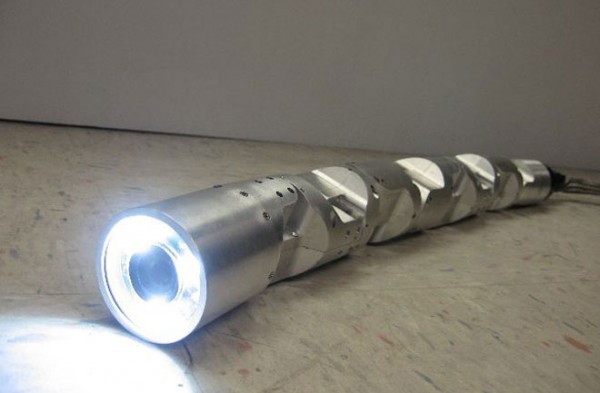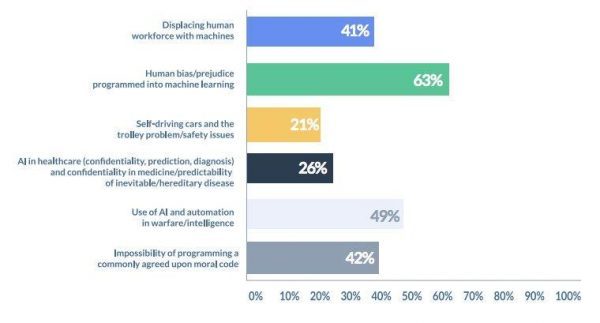Snake Robot Walks on Its Head and Tail

All of the joints on this bot move in a variety of directions, giving it the flexibility to change shape.
A. KAMAT, R. THAKKER, S. BHARAMBE / VISVESVARAYA NATIONAL INSTITUTE OF TECHNOLOGY
Japan-based HiBot developed the waterproof ACM robot, which swims.
Murphy is designed to search through dark and cluttered disaster zones for victims.
One of the most compelling research areas in robotics is (I think, at least) bio-inspired robotics, which uses the evolutionary optimization of animals to suggest development paths for robots. Animals have had a long, long time to get their designs down, and creating robots that can take advantage of this (either directly or indirectly) provides a bit of a shortcut towards capabilities that are flexible, reliable, and high performance.
It’s easy to look at an animal like a snake and be utterly blown away by all of the things that it can do. And lots of people are working very hard to build robots that are capable of doing all of the same things that a snake can do, at least in theory (or simulation).
But, it’s just as important not to see animals as the absolute pinnacle of what robots should aspire to, because robots are capable of taking advantage of their own designs in ways that biology either hasn’t thought of, or physically can’t.
We’ve seen this sort of thing before in a few snake robot behaviors; for example, snake robots can move laterally by rolling, which is a very efficient way of rapidly moving sideways as well as traversing obstacles or climbing cylinders. Real snakes, however, don’t move like this at all, possibly because (and I’m speculating here) that they’ve evolved with very distinct upsides and downsides, which snake robots don’t generally suffer from.












